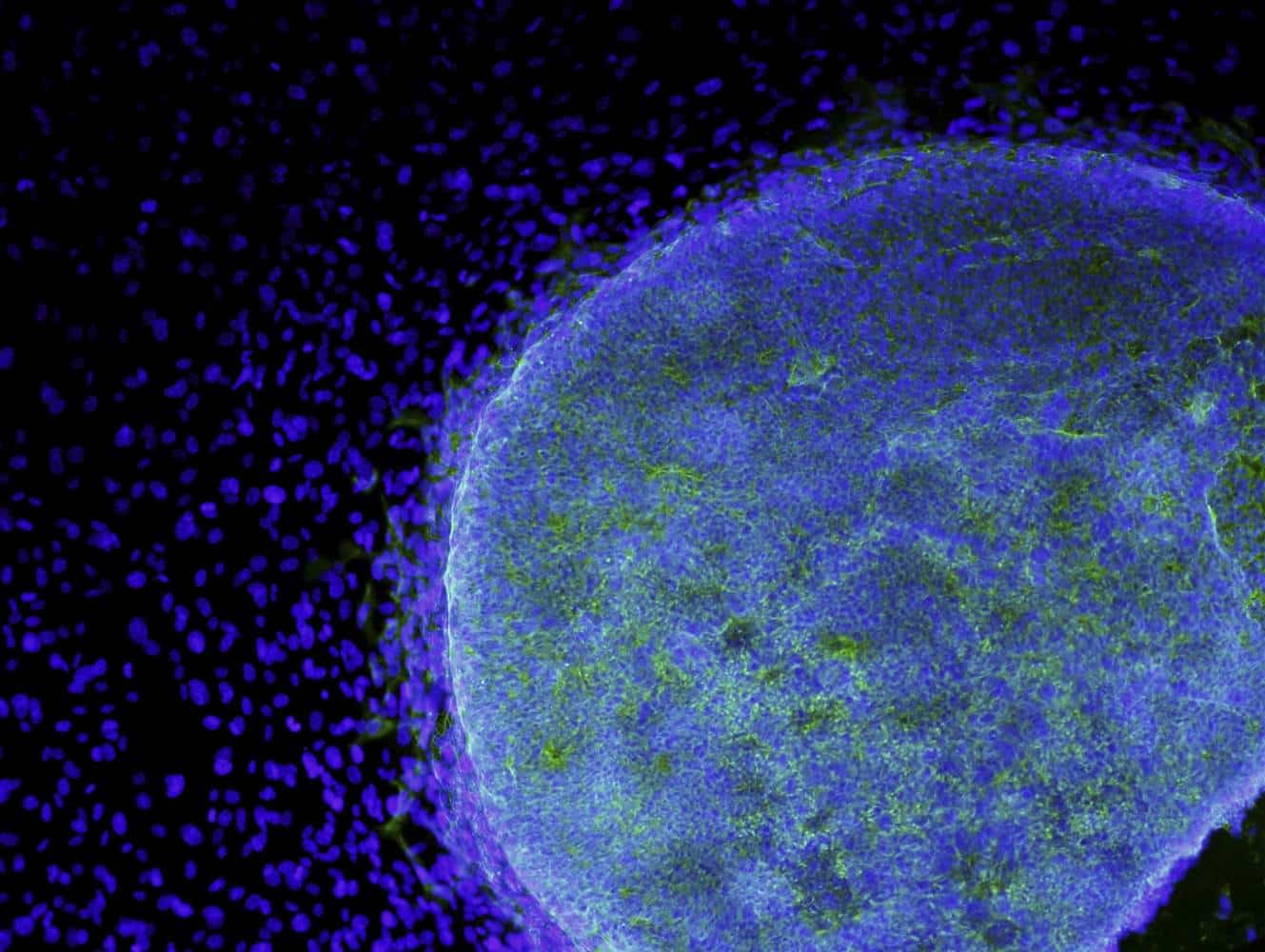A set of specialized cells which have remarkable capability to differentiate or in simpler words, have the ability to develop into any kind of cell are called Stem Cells. These stem cells when derived from an embryo, an unborn or un-hatched offspring, are called Embryonic Stem (ES) Cells. Given their potential, it does not come as a surprise as to how popular they are in the research field. They are more or less like the blue eyed boy of every family. There are truckloads of researches being conducted using them/on them every year.
A recent study that has been approved uses these cells to devise a treatment strategy for Parkinson’s disease. It is the foremost study using the technique of injecting 4 million ES-cell-derived neuronal-precursor cells into the brains by drilling through the skulls of patients suffering from the disease. The surgeons in the Chinese city of Zhengzhou are a few months away from conducting this study on patients in their laboratory. After the insertion, the researchers patch the patients up and the world will have to patiently wait for what happens next in the course of the experiment which depends on the patient’s’ reaction to it. The research team has already done its homework, assessed hundreds of volunteers and picked ten who match the ES cells best in order to reduce the risk of the patients’ bodies rejecting the cells. Parkinson’s disease is caused by a fault in the dopamine production by brain cells and the team plans to coax the ES cells into developing precursors to neurons, and will then inject them into the striatum, a central region of the brain implicated in the disease.
Another trial that is scheduled around the same time in the city will involve a different team using ES cells to target vision loss caused by age-related macular degeneration. It proceeds by surgeons using retinal cells derived from ES cells and transplanting them into the eyes of people the condition.
The stem-cell specialist at the Chinese Academy of Sciences Institute of Zoology in Beijing, Qi Zhou, is leading both these efforts.
“It will be a major new direction for China,” says Pei Xuetao, a stem-cell scientist at the Beijing Institute of Transfusion Medicine who is on the central-government committee that approved these trials.
The team which has already carried out the experiment with a monkey model of Parkinson’s and met the government requirements, is highly hopeful of this endeavour.






















